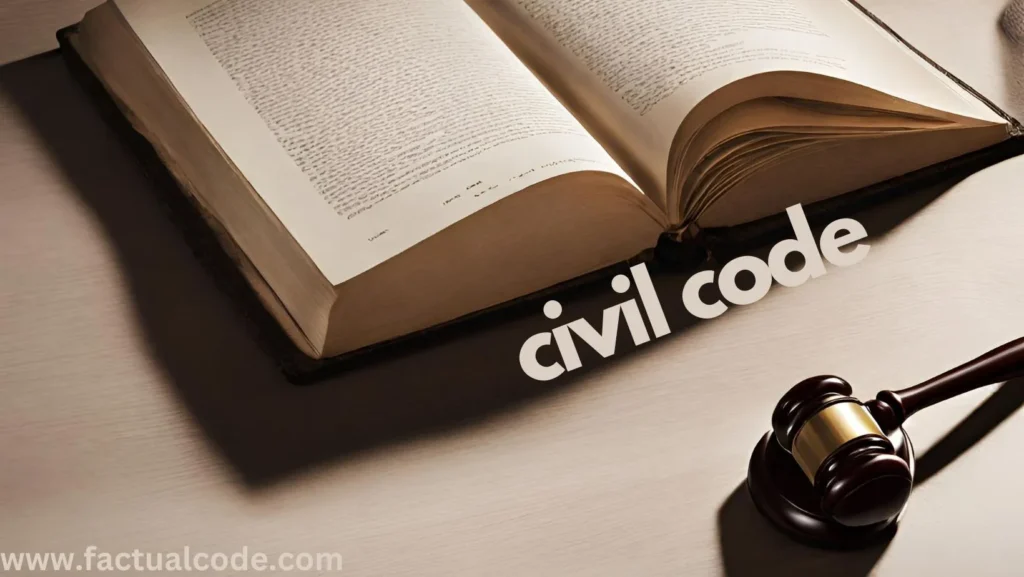🗭 Introduction
The death of a litigating party during the pendency of civil proceedings presents a complex procedural issue within the domain of civil adjudication. From a jurisprudential standpoint, it is essential that the progression of justice remains unaffected by the mortality of its participants. The Code of Civil Procedure, 1908 (CPC), particularly under Order XXII, provides a detailed legal framework to manage the procedural consequences of such events, including the continuation or abatement of suits due to death, marriage, or insolvency of parties. This legal provision reflects a balanced synthesis between procedural formality and the demands of substantive justice.
📌 Conceptualizing Abatement
In civil procedural jurisprudence, “abatement” refers to the discontinuation or suspension of legal proceedings when a party to the suit dies and their legal representatives are not timely substituted. It represents a procedural closure rather than a resolution on the merits of the case.
⚖️ Normative Principle
The core doctrine articulated under Order XXII is as follows:
“Where the right to sue survives, the suit shall not abate but may proceed at the instance of or against the legal representatives of the deceased.”
This principle is codified across Rules 1 to 11 of Order XXII.


🧠 Doctrine of Survival of Right to Sue
The determinative criterion in abatement cases is whether the cause of action is legally transmissible to the deceased party’s representatives. If so, abatement is inapplicable.
✔️ Causes of Action That Survive:
Property-related disputes (e.g., partition suits, ownership claims)
Contractual matters (e.g., recovery of debts)
Tort actions involving pecuniary loss (e.g., negligence)
❌ Causes of Action That Do Not Survive:
Personal wrongs (e.g., defamation, matrimonial relief)
Status-based claims (e.g., restitution of conjugal rights, personal service contracts)
In such instances, the proceedings abate ipso facto upon the litigant’s death.
🕰️ Procedural Timeline for Substitution
Order XXII stipulates that applications for substitution must be filed within 90 days from the date of death. Failure to do so results in abatement under Rules 3(2) and 4(3). Nevertheless, abatement may be reversed under Rule 9, read in conjunction with Section 5 of the Limitation Act, 1963, provided that “sufficient cause” is demonstrated.
⚖️ Leading Judicial Interpretations
The Supreme Court upheld the continuance of proceedings upon timely substitution in a case where the cause of action survived.
The Court affirmed abatement due to non-substitution, reinforcing the necessity for strict procedural adherence.
The Court ruled that suits based on personal service contracts abate upon the litigant’s death, owing to the non-transmissibility of the claim.
🗌 Doctrinal Implications of Abatement
Abatement is a procedural consequence and does not operate as res judicata. It does not involve a determination on the merits of the case and does not bar subsequent litigation unless precluded by statutory limitation or other substantive legal doctrines.
🗮️ Revival of an Abated Suit
A litigant may seek restoration of an abated suit by:
Filing an application under Rule 9 of Order XXII,
Submitting a condonation application under Section 5 of the Limitation Act,
Demonstrating adequate cause for the procedural default.
The court evaluates such applications on the basis of bona fides, diligence, and contextual fairness.
🖚 Conclusion
The procedural doctrine of abatement does not categorically preclude the pursuit of justice following the death of a litigant. Critical considerations include:
The transmissibility of the underlying cause of action,
Timely substitution of legal heirs,
Judicial evaluation of the justification for delay.
Order XXII constructs a coherent procedural apparatus that harmonizes the imperatives of procedural regularity with the broader goal of equitable adjudication. It ensures that the demise of a party does not, by itself, impede the judicial process, provided that due diligence is exercised.
⚖️ Accordingly, the death of a litigant constitutes a significant procedural event but does not, per se, extinguish the path to justice, provided the statutory mandates of Order XXII are scrupulously observed.
Recommended Posts
Explore how res judicata ensures finality in litigation and prevents abuse of judicial process through repetitive suits.
Understand the preconditions and legal tests for applying this principle in civil proceedings.
Learn how Section 10 CPC helps in avoiding parallel litigation over the same issue between the same parties.
See how timely acknowledgment can revive time-barred debt claims under Sections 18 and 19 of the Limitation Act.
Understand when and how the jurisdiction of civil courts can be expressly or impliedly barred by statutes.

